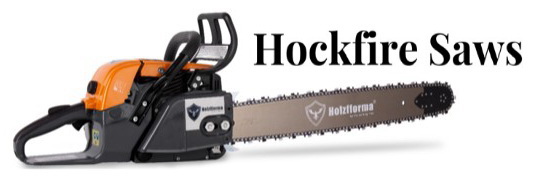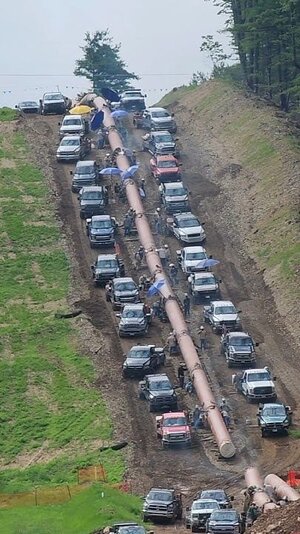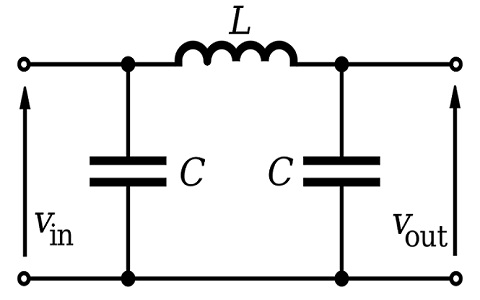I would check them by measuring capacitance using DMM. If I saw correctly in the photo they should be about 26 microfarads. I would check for voltage on them before measuring. Normally there should not be. Of course, this is all after disconnecting the power plug.
Of course, capacitors change the reactance and thus the reactive power. That is their only role there. The welder can work just fine without these capacitors.
Because these types of welders have switchable primary windings to operate with different input voltages, and because the reactance seen by the power line varies greatly depending on the load on the secondary winding (welding current), the capacitors used must be a compromise.
For an input voltage of 230 V and a mains frequency of 60 Hz, the rated input current with capacitors is 68 A, without 86 A.
The power factor for a 200 A load with capacitors is 83.3 (%), without capacitors 69.
But the price for this correction is a much higher input current at idle of 6.2 A vs. 23 A. Of course, the home user does not pay for reactive power.









